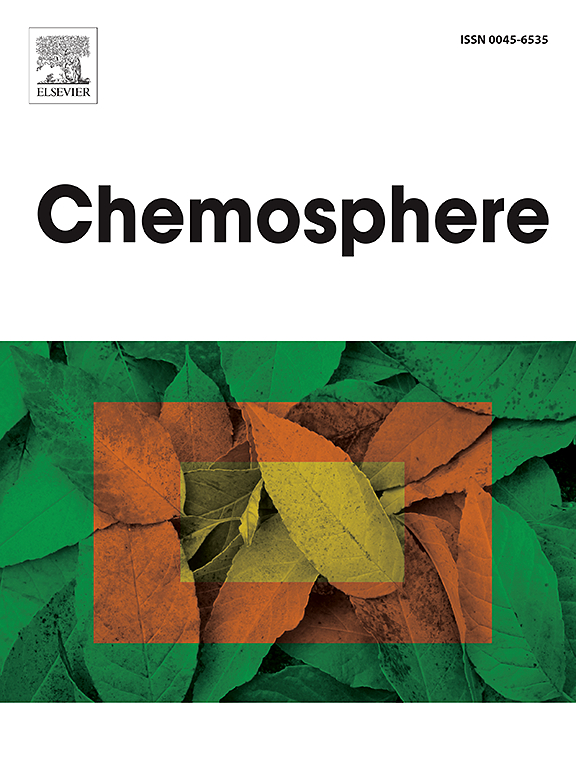Potentially toxic trace elements in bee bread, propolis, beeswax and royal jelly – A review of the literature and dietary risk assessment
Rita Végh, Mariann Csóka, Zsuzsanna Mednyánszky, László Sipos
Abstract
Scientific evidence suggests that apicultural products accumulate pollutants present in the hive environment, thus, they can be used as bioindicators. However, our understanding on the food safety implications of the presence of potentially toxic trace elements in these products remains incomplete. In our study, available data on the trace metal content of bee bread, propolis, beeswax and royal jelly, as well as their possible sources are reviewed. Furthermore, dietary risk assessments were conducted for elements that do not have any biological role in humans by comparing the estimated exposures with official reference values. In the case of elements with genotoxic carcinogen potential, the margin of exposure (MoE) approach was applied. The observed concentration ranges vary over a wide range for Fe (0.94–2125.20 mg/kg), Zn (<LOQ – 2790.00 mg/kg), Cu (<LOQ – 40.93 mg/kg), Mn (<LOQ – 204.80 mg/kg), Ni (<LOQ – 75.90 mg/kg), Cr (<LOQ – 56.28 mg/kg), Pb (<LOQ – 160.10 mg/kg), As (<LOQ – 8.47 mg/kg), Cd (<LOQ – 76.69 mg/kg) and Hg (<LOQ – 1.7 mg/kg) in beehive products from different geographical origins. These variances can be attributed to the diversity of soil types, climatic conditions, floral sources, beekeeping practices and anthropogenic activities in the environment. Available data suggest that Pb can be present in apicultural products at concentrations exceeding a thousand μg/kg, which poses a significant food safety threat to long-term consumers.


